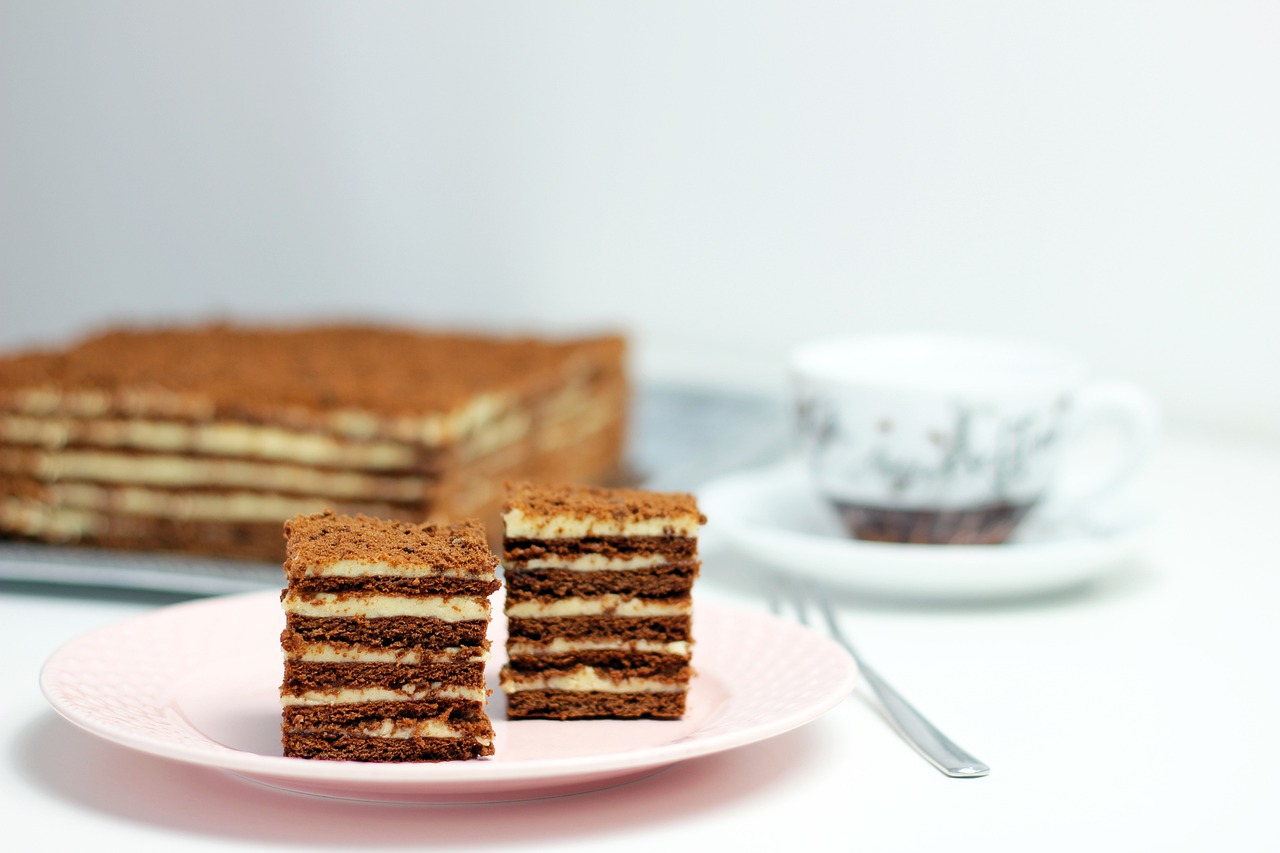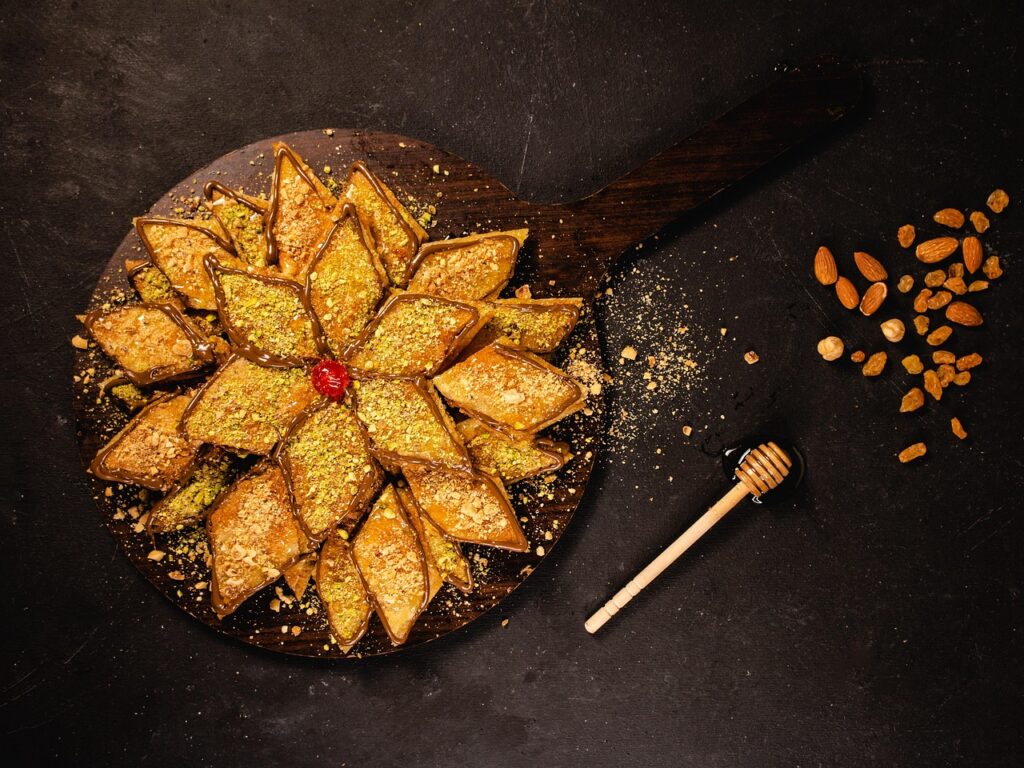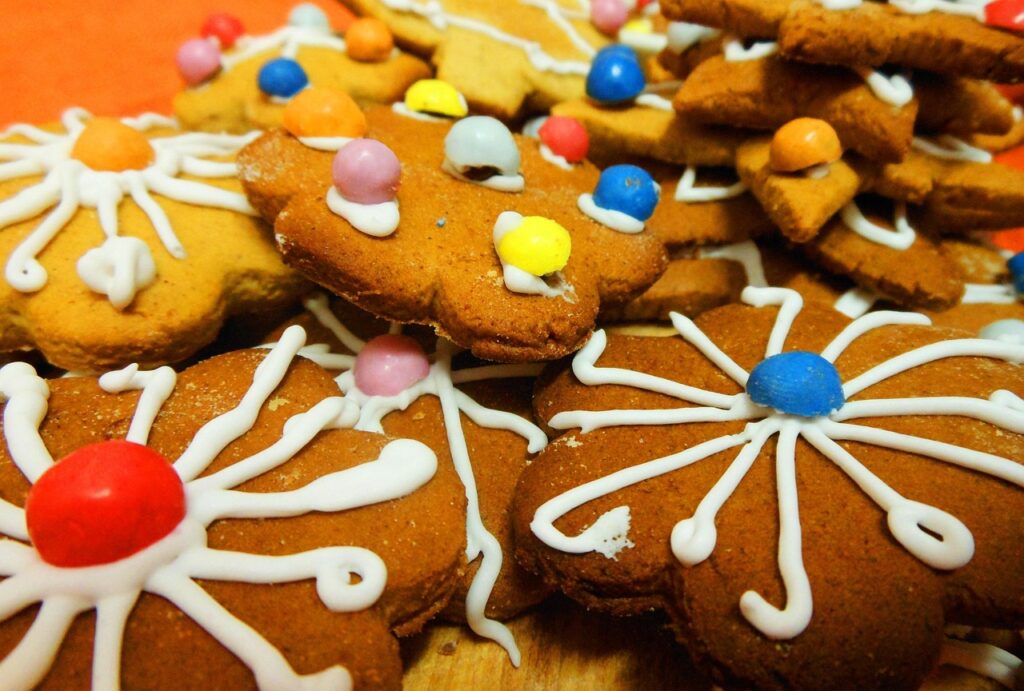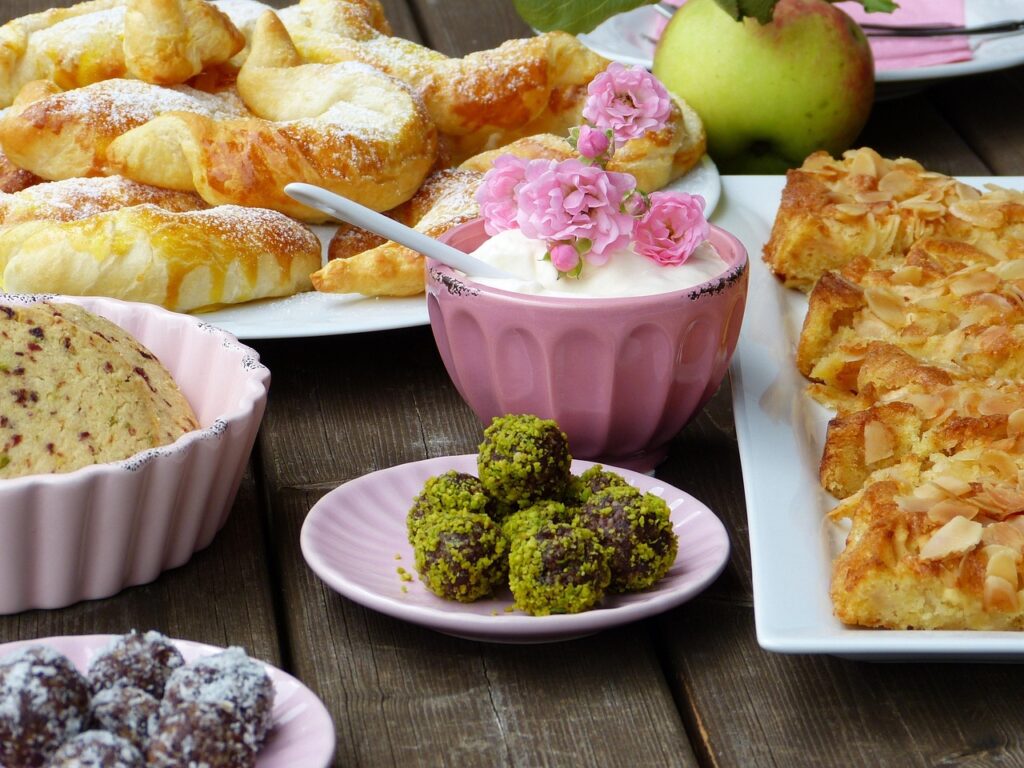60 Powerful Pride Quotes to Celebrate LGBTQ+ Love & Courage


Honey cake, a beloved dessert with roots in various cultures, is a staple in many households, especially during festive occasions like Rosh Hashanah. Its rich, moist texture and deep, sweet flavor make it a favorite among baking enthusiasts. However, achieving the perfect honey cake can be challenging, with common pitfalls leading to dense or overly dry results. This guide will help you navigate the nuances of baking honey cake, from selecting the right equipment and ingredients to troubleshooting common issues, ensuring your cake is a delightful success.

Baking a perfect honey cake begins with having the right tools on hand. While the recipe can be simple, the equipment you use can significantly affect the outcome. A good quality mixing bowl and a sturdy whisk or electric mixer are essential for combining ingredients thoroughly. Measuring cups and spoons ensure precise measurements, which are crucial for maintaining the cake’s balance of flavors and texture.
The choice of baking pan also plays a critical role. Depending on the recipe, you might opt for a loaf pan, a Bundt pan, or a tube pan. Each offers a different presentation and can affect the baking time and texture. Ensure your pan is non-stick or properly greased to prevent sticking, and consider using parchment paper for added assurance.
Despite its straightforward ingredients, honey cake can be surprisingly tricky to master. One common mistake is overmixing the batter, which can lead to a dense cake. Mix the ingredients just until combined to avoid this issue. Another frequent error is incorrect oven temperature. An oven thermometer can help ensure your oven is at the correct temperature, as even a slight deviation can impact the cake’s rise and texture.
Using the wrong type of honey can also alter the flavor profile significantly. Choose a mild-flavored honey to ensure it complements rather than overpowers the other ingredients. Additionally, be cautious with substitutions, as altering ingredients like sugar or oil can affect the cake’s moisture and sweetness.
If your honey cake didn’t rise as expected, there are several factors to consider. First, check the freshness of your leavening agents. Baking powder and baking soda lose their potency over time, leading to insufficient rise. Ensure they are within their expiration dates and stored in a cool, dry place.
Another potential issue is the batter’s consistency. If it’s too thick, the cake may not rise properly. This can be adjusted by ensuring the correct ratio of wet to dry ingredients. Additionally, avoid opening the oven door during baking, as this can cause the cake to collapse.
The choice of pan can influence the texture and appearance of your honey cake. A Bundt pan, with its decorative shape, is ideal for special occasions and adds an elegant touch to the presentation. However, it may require longer baking times due to its depth.
A loaf pan is a classic choice for honey cake, offering a simple, rustic look. It’s perfect for everyday baking and allows for even cooking. Tube pans, on the other hand, provide a light and airy texture due to their central tube, which promotes even heat distribution.
Understanding the role of baking powder and baking soda is crucial for a successful honey cake. Baking powder contains both an acid and a base, allowing it to react when mixed with wet ingredients. Baking soda, however, requires an acidic component in the batter to activate.
Ensure you use the correct proportions of these leavening agents as specified in your recipe. If your recipe calls for additional acidic ingredients like yogurt or buttermilk, baking soda is often included to balance the flavors and aid in rising.

One of the joys of making honey cake is the opportunity to experiment with flavors. Adding orange juice to the batter can enhance the cake’s sweetness and add a refreshing citrus note. Spices such as cinnamon, nutmeg, and cloves can also be incorporated to create a warm, aromatic profile.
When adding these flavorings, be mindful of the balance. Too much spice can overpower the honey, while too little may not be noticeable. Start with small amounts and adjust to taste, keeping in mind that flavors will develop as the cake bakes and cools.
Proper storage is key to maintaining the freshness of your honey cake. Once cooled, wrap the cake tightly in plastic wrap or store it in an airtight container to prevent it from drying out. It can be kept at room temperature for up to three days.
For longer storage, consider freezing the cake. Wrap it in plastic wrap, then aluminum foil, and place it in a freezer-safe bag. When ready to serve, thaw the cake at room temperature and reheat gently if desired to restore its moist texture.
Honey cake is a traditional dessert for Rosh Hashanah, symbolizing a sweet new year. Serve it with a drizzle of honey or a dusting of powdered sugar for added sweetness. Pair it with fresh fruit or a scoop of vanilla ice cream for a delightful contrast.
For a festive touch, garnish the cake with sliced almonds or candied orange peel. These additions not only enhance the presentation but also add texture and complementary flavors to the cake.
There are countless variations of honey cake, each offering a unique twist on the classic recipe. A traditional recipe might include ingredients such as flour, honey, eggs, oil, baking powder, baking soda, and spices. For a more adventurous take, consider recipes that incorporate coffee or tea for added depth of flavor.
Experimenting with different recipes allows you to find the perfect balance of flavors and textures that suit your taste preferences. Whether you prefer a dense, moist cake or a light, airy version, there’s a honey cake recipe out there for you.
To make a classic honey cake, begin by preheating your oven to 350°F (175°C) and greasing your chosen pan. In a large mixing bowl, combine 1 cup of honey, 3/4 cup of sugar, 1/2 cup of vegetable oil, and 3 large eggs. Mix until smooth.
In a separate bowl, sift together 3 cups of all-purpose flour, 1 teaspoon of baking powder, 1 teaspoon of baking soda, 1 teaspoon of cinnamon, and a pinch of salt. Gradually add the dry ingredients to the wet mixture, alternating with 1 cup of brewed coffee or tea. Mix until just combined.
Pour the batter into the prepared pan and bake for 45-50 minutes, or until a toothpick inserted into the center comes out clean. Allow the cake to cool in the pan for 10 minutes before transferring it to a wire rack to cool completely.
Perfecting your honey cake recipe involves a bit of trial and error. Keep a baking journal to note any adjustments made and their outcomes. This can help you refine your process and achieve consistent results.
Consider experimenting with different types of honey, adjusting the spice levels, or trying alternative flours like whole wheat or almond flour for varied textures. With each attempt, you’ll gain a deeper understanding of how each component influences the final product.

Substituting ingredients in honey cake can yield interesting results, but it’s important to understand the impact on flavor and texture. For a dairy-free version, replace milk with almond or soy milk. Use coconut oil instead of vegetable oil for a subtle coconut flavor.
For a gluten-free option, substitute all-purpose flour with a gluten-free baking blend. Keep in mind that the texture may differ slightly, and adjustments to leavening agents might be necessary to achieve the desired rise.
Freezing honey cake is a great way to preserve its freshness for future enjoyment. Wrap the cooled cake tightly in plastic wrap, followed by aluminum foil, and place it in a freezer-safe container. It can be frozen for up to three months.
To reheat, allow the cake to thaw at room temperature. For a warm, freshly-baked experience, heat slices in the oven at 300°F (150°C) for 10 minutes or in the microwave for a few seconds. This helps restore the cake’s moist texture and enhances its flavors.